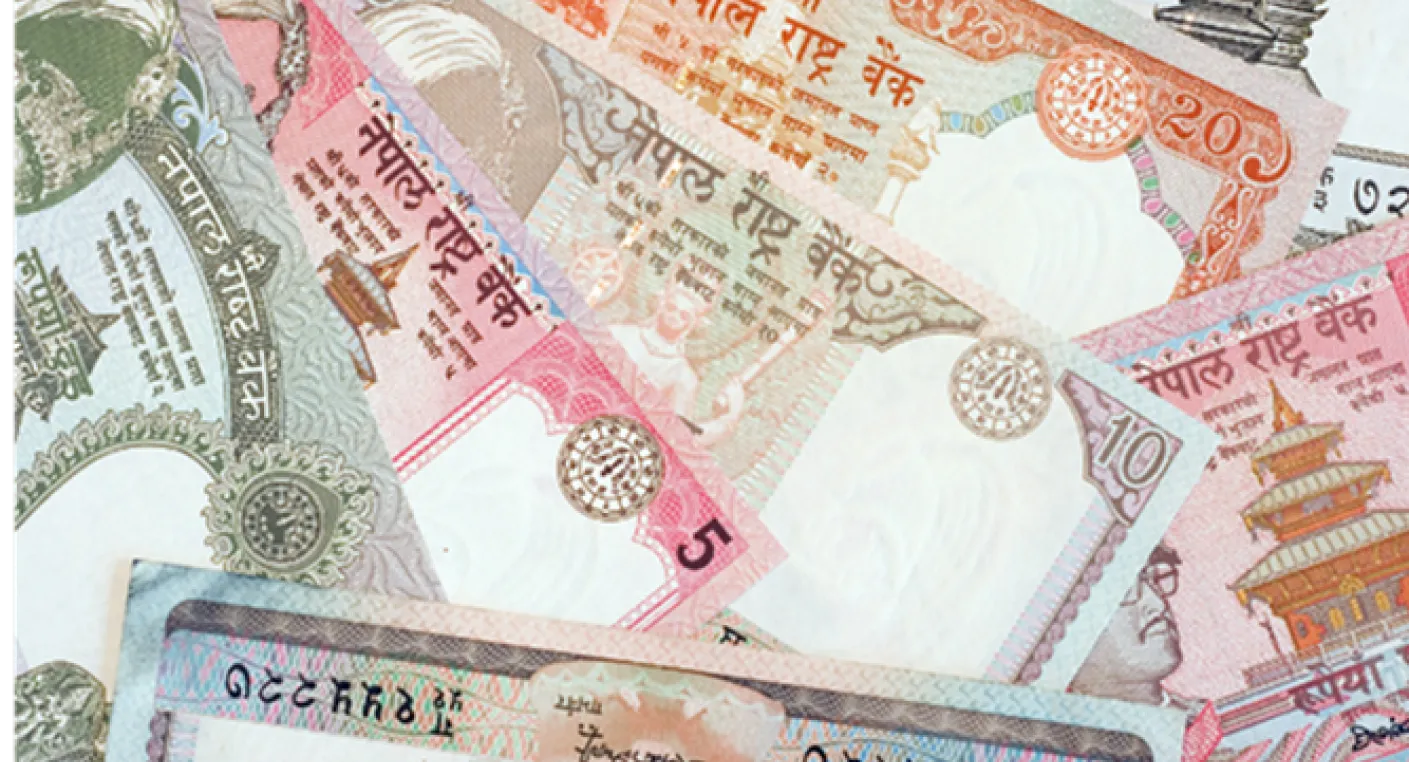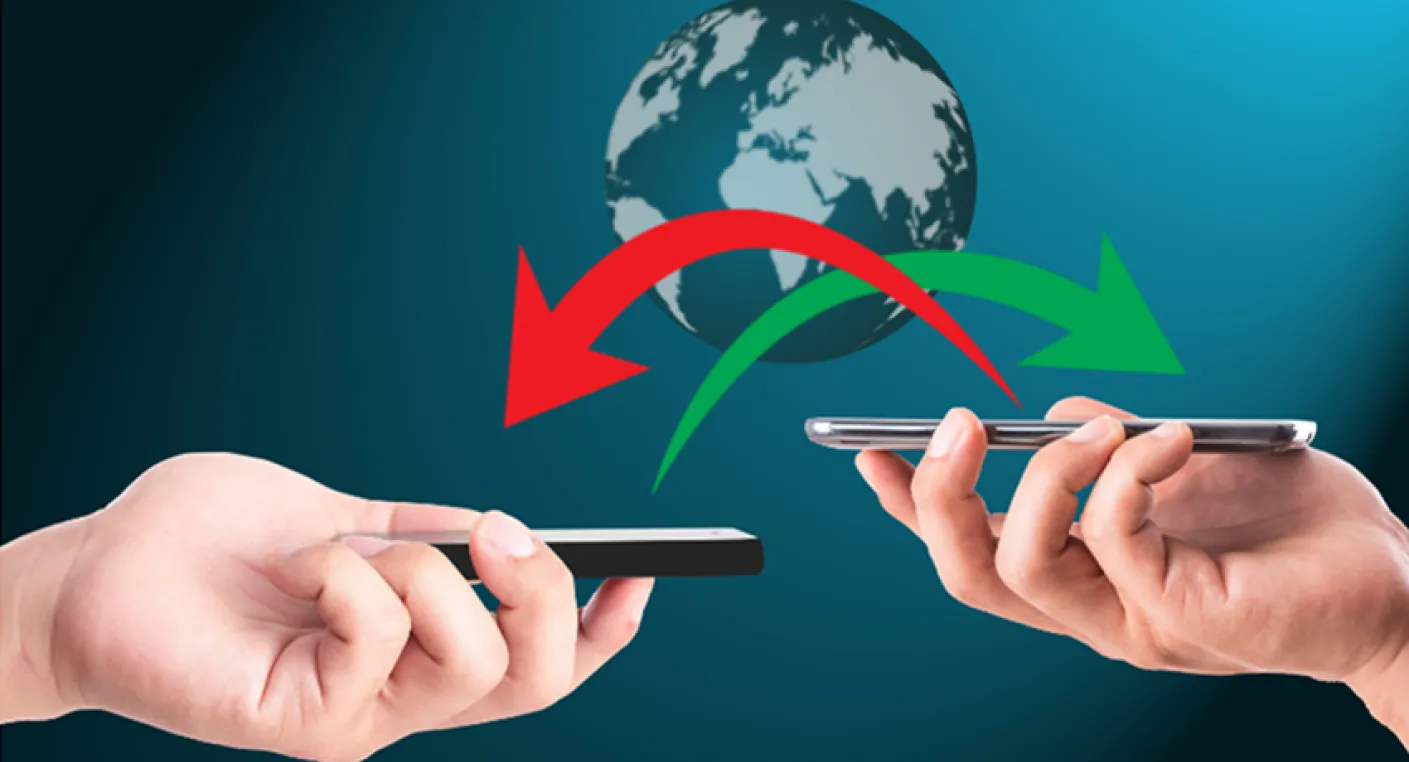
In today’s interconnected world, understanding international payment methods is crucial for businesses, freelancers, and individuals sending money abroad. Two terms that are often confused are bank remittance and bank transfer. While they might appear similar at first glance, each has its own purpose, cost structure, and advantages depending on the transaction type.
This comprehensive guide explains the concepts, differences, and best practices for executing both bank remittances and bank transfers efficiently.
A bank remittance is an international transfer of funds from one bank account to another. These transactions are commonly used for family support, payments for services, or sending gifts across borders. Compared to domestic transfers, bank remittances involve additional regulatory and financial processes:
Bank remittances are deeply integrated into the global financial system, ensuring secure, regulated movement of money across borders. Though often slower and more expensive than domestic transfers, they remain the most trusted method for compliant international payments.
Remittances provide essential financial support to millions of households worldwide. According to the World Bank, global remittances reached over $740 billion in 2023, forming a major part of many developing economies. Countries such as India, Nepal, and the Philippines rely heavily on these inflows.
Insight: Remittances are not just financial transactions—they play a transformative role in social welfare, economic growth, and poverty reduction.
Bank remittances follow a multi-step process to ensure accuracy, compliance, and secure delivery:
Key Note: Bank remittances ensure secure cross-border payments but must comply with strict financial regulations to prevent fraud and maintain global financial stability.
There are multiple ways to send international remittances, each with varying levels of speed and cost:
Typical costs associated with bank remittances include:
Insight: Bank remittances are dependable but costlier than domestic transfers or modern digital transfer options.
A bank transfer moves money between accounts either domestically or internationally. These transfers are faster and often cheaper than traditional remittances.
Key Advantage: Bank transfers provide improved speed, transparency, and lower costs for both domestic and international transactions.
Takeaway: Use remittances for secure, regulated cross-border payments. Choose bank transfers when speed and lower cost are priorities.
Both bank remittances and bank transfers offer strengths depending on the user’s needs:
Understanding both methods helps individuals and businesses choose the best option based on cost, urgency, and compliance requirements.
To optimize cross-border payments, consider the following practices:
Example: Freelancers who frequently pay overseas clients can save significant costs by choosing online international bank transfers over traditional remittances.
The financial landscape is evolving rapidly with innovative, technology-driven solutions:
These advancements empower individuals and businesses with greater speed, control, and transparency in global money movement.
Choosing between a bank remittance and a bank transfer depends on your specific needs:
Decision Factors: transaction volume, cost, processing time, security level, and compliance requirements.
Want to see how a ready-made platform can accelerate your growth?
Book a demo or consult with us at RemitSo today to see how our platform can power your growth.
A bank remittance is a cross-border transfer of funds for payments, gifts, or financial support.
Bank transfers are usually cheaper, faster, and may be domestic or international. Remittances are secure, regulated, and mainly used for cross-border payments.
Bank transfers generally have lower fees, while remittances are often costlier due to intermediary banks and currency conversion spreads.
Typically 3–5 business days; processing may take longer depending on the countries involved and banking networks.
Yes. Banks conduct KYC verification, AML checks, and continuous monitoring to prevent fraud and ensure compliance.
Yes. Instant transfers are possible through online banking or digital platforms, though traditional bank remittances may take longer.
Some banks may charge a fee for receiving international remittances. Charges vary by bank and country.
Yes. Keeping records helps with compliance, tax filing, and financial tracking.

